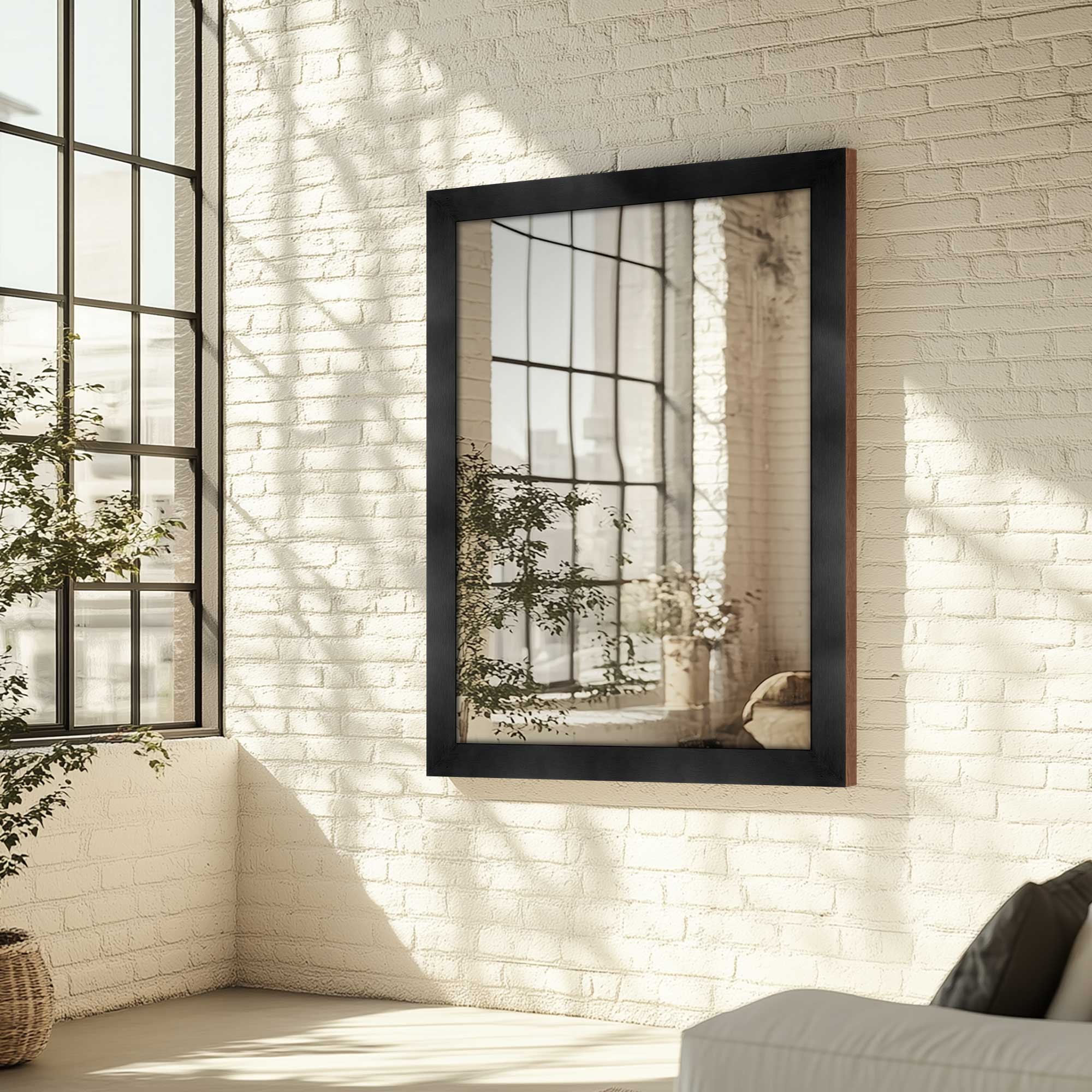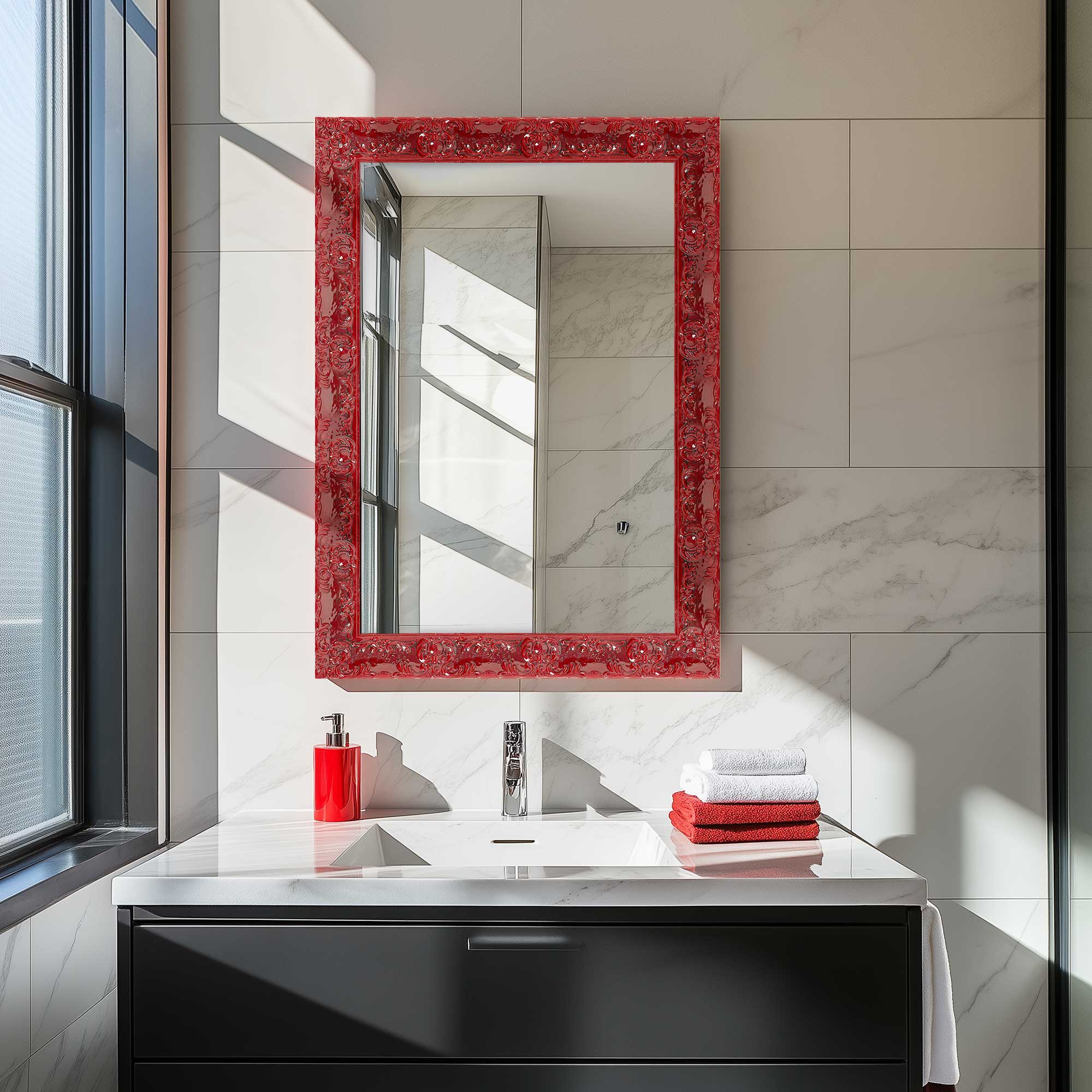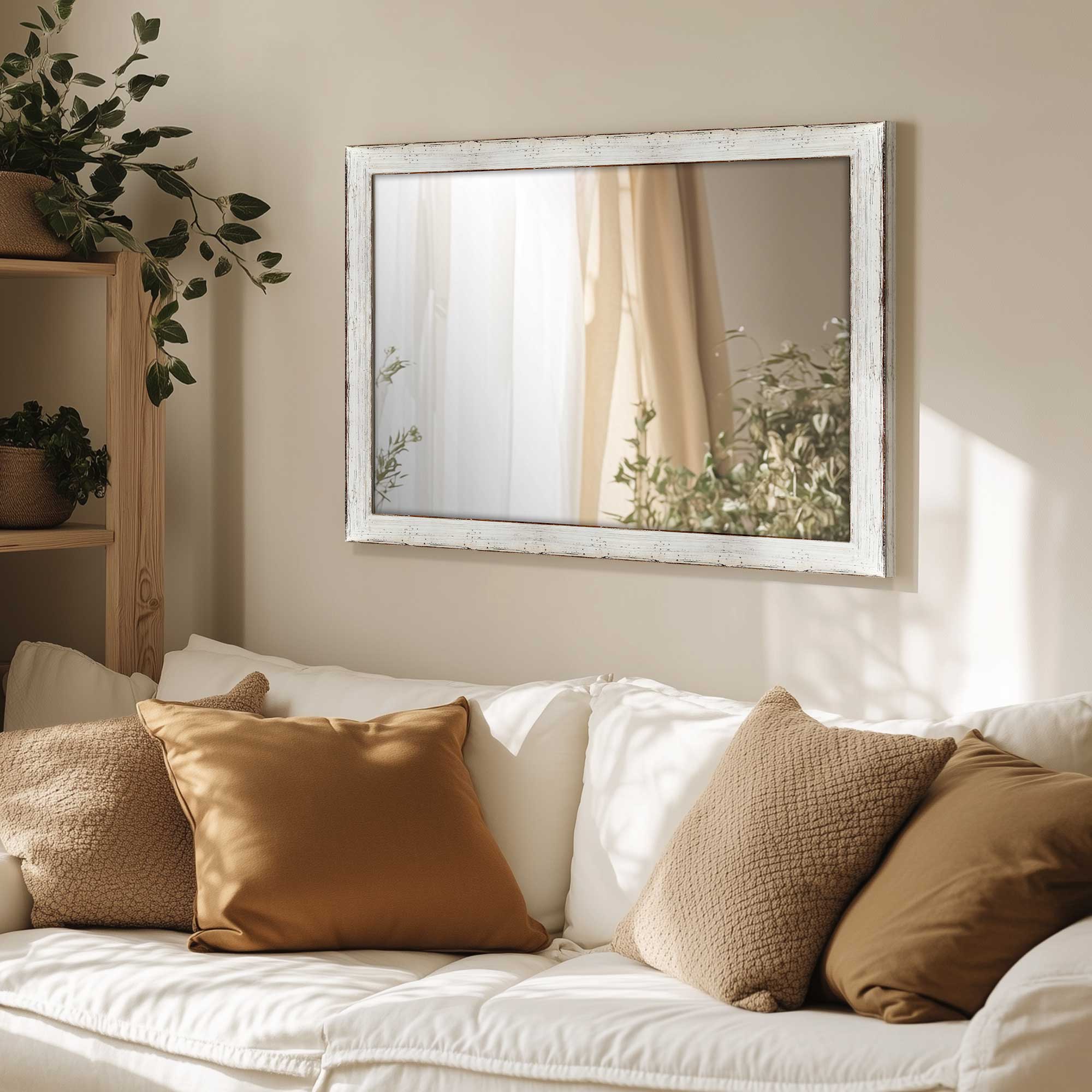Mirrors are so woven into our daily lives that it’s easy to forget just how extraordinary they really are. These objects—so simple in appearance—have a long and fascinating history that stretches back thousands of years. From humble beginnings in polished stone to the refined, wood-framed mirrors adorning modern interiors, the mirror has evolved in both form and function.
Early Reflections: Polished Stone and Metal
The story of the mirror begins in prehistoric times, when the first "mirrors" were naturally reflective surfaces—still pools of water or dark, polished stones like obsidian. Archaeological evidence suggests that as early as 6000 BCE, people in Anatolia (modern-day Turkey) used ground and polished obsidian to catch their reflection.
By 2000 BCE, ancient Egyptians and Mesopotamians had taken the next step: crafting small hand mirrors out of polished bronze and copper. These early metal mirrors were typically round, with a handle, and were prized luxury items often buried with the dead.
Glass and Silver: The Birth of the Modern Mirror
The turning point came with the Romans, who experimented with backing glass with metals like lead or gold. But it wasn't until 13th-century Venice that mirror-making became an art form. Venetian artisans mastered the technique of coating the back of clear glass with a thin layer of tin and mercury, creating mirrors that were not only more accurate but also beautiful. These mirrors were status symbols, treasured by nobility and royalty across Europe.
By the 17th century, France had become a major mirror producer. King Louis XIV even established the Manufacture Royale de Glaces de Miroirs to break Venice’s monopoly, paving the way for mirrors to become more widely available across social classes.
Wood-Framed Mirrors: From Baroque to Modern Minimalism
As mirrors became larger and more affordable, framing them became essential—both to protect the glass and to turn them into design features. By the Baroque period (17th–18th centuries), mirror frames were often made from wood, heavily gilded and carved into elaborate, ornate shapes. These decorative mirrors became focal points in European palaces and homes, often placed above fireplaces or console tables.
Wood was an ideal choice for frames not only for its strength and versatility, but also for its ability to complement surrounding furniture. Over time, styles shifted—from Rococo curves to Neoclassical restraint, and eventually to the cleaner lines of mid-century and modern design—but wood remained a staple.
The Mirror Today: Reflection with Purpose and Style
Today, mirrors are manufactured using silver or aluminum backing on float glass, offering clarity, affordability, and durability. While frameless mirrors exist, framed mirrors continue to be a hallmark of refined interior design, especially when made from solid wood mouldings. Wood-framed mirrors bring warmth, character, and craftsmanship to a space—whether it's a rustic farmhouse, a contemporary loft, or a classic entryway.
At Frametolia, we honor this rich tradition by handcrafting mirrors in sustainably sourced wood mouldings, combining timeless techniques with modern aesthetics. Each piece is built to enhance both the light and style of your home—echoing centuries of design history, while offering something distinctly contemporary.
In Reflection
From obsidian and bronze to mercury-backed glass and modern silvering, the evolution of mirrors is a journey through human innovation and artistry. And as their form has evolved, so has their place in our homes—from simple reflective tools to thoughtfully framed decor statements. A wood-framed mirror isn't just functional—it's a nod to the past, and a beautiful way to reflect the present.
Looking to bring a piece of that history into your home? Explore Frametolia’s curated collection of luxury wood-framed wall mirrors, where heritage meets high design.








